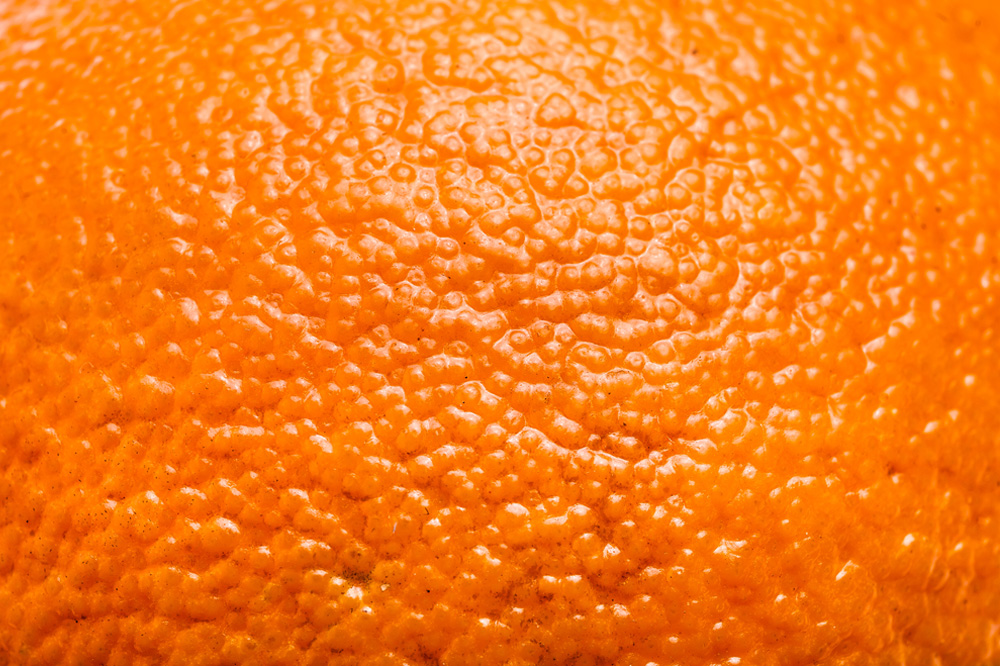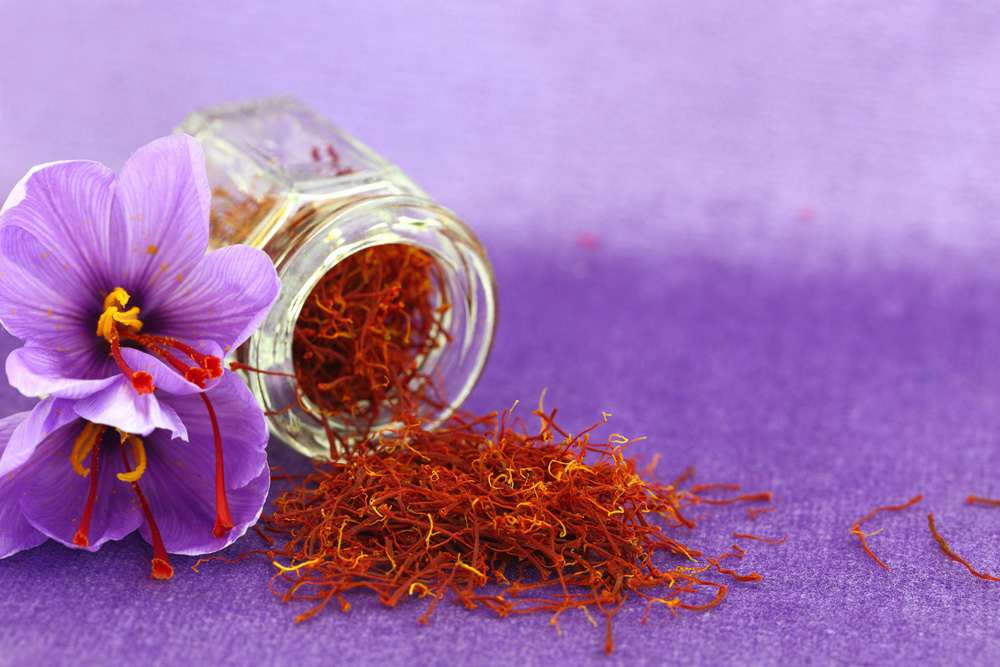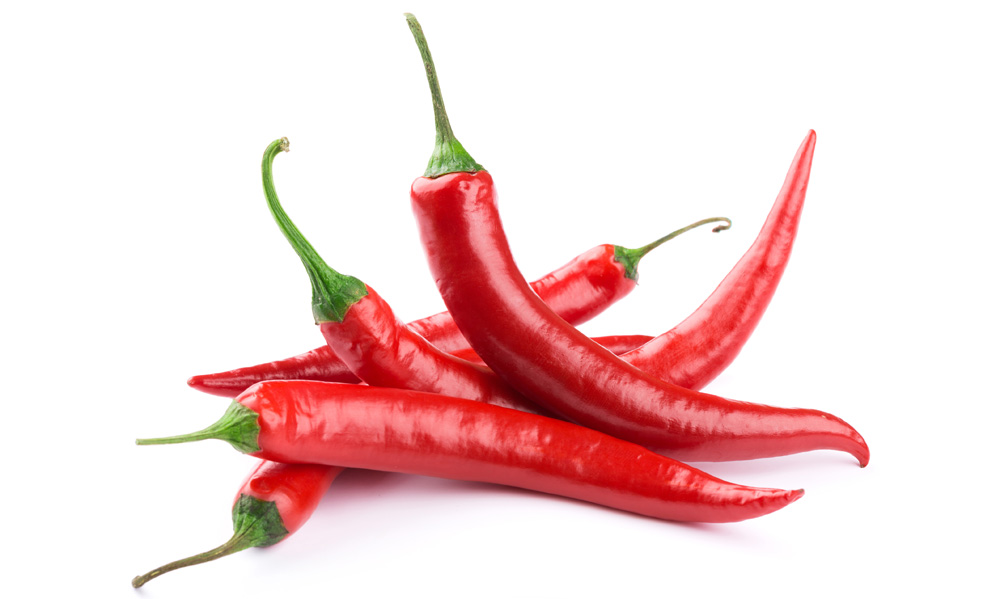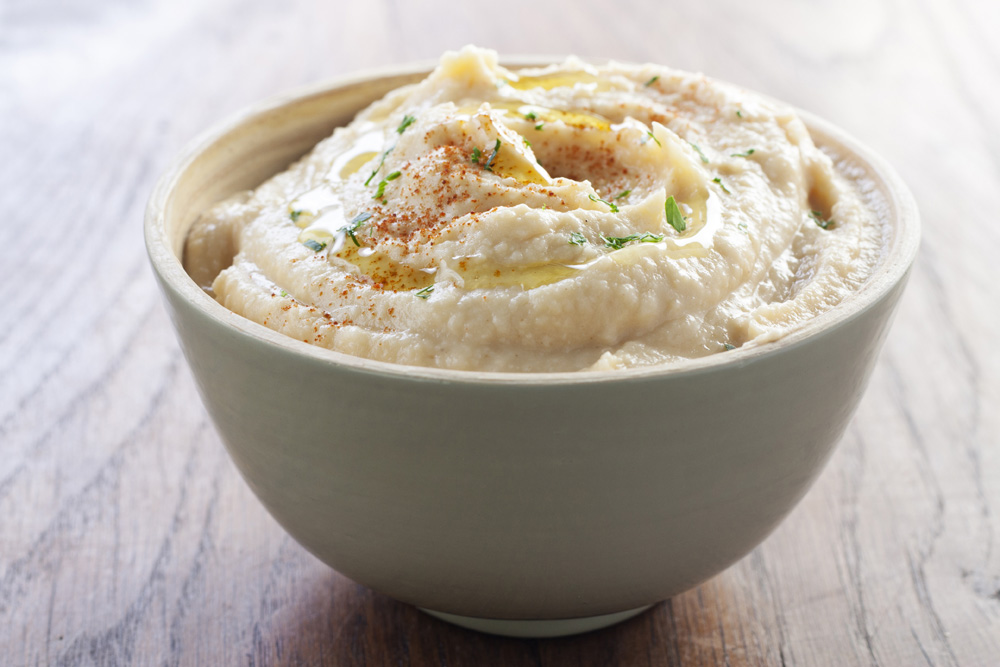
Summer is inviting us outdoors and inevitably lots of us are slogging away at the gym so we can look our best in those amazing swimsuits and summer separates in our closets. Of course we’re also targeting that cellulite that chooses to land in all the wrong places.
The way I see it, taking care of your body is the most important thing you can do for your health and peace of mind. Why? Because it is the place you live in. Most people have a misconception about cellulite; they assume that a couple of hours two or three times a week at the gym will do the job of blasting it away. But this is actually far from the truth.

What Is Cellulite?
First let us clarify what cellulite is. It is the dumpy, dimpled body skin that shows up around the glutes, abs, stomach, arms, legs and thighs. Basically, the layer of the fat beneath your skin gets squished and squeezed by bands of collagen, fibrous connective tissues that are arranged in a manner that makes bits of fat pop out and up, resulting in the dimpled appearance. People usually associate cellulite with being overweight, however you can be skinny and have cellulite as well.

Dr Ghiwa Slaiby, who holds a Ph.D. in Nutrition and is a certified dietitian, hygiene consultant and food technologist explained, “There are different cases, some are mild, and only visible when you pinch the skin and some are severe and can be perceptibly seen when you look at a person’s skin. There are many factors that contribute to the onslaught of cellulite, some are genetic and some are due to hormonal issues. Hormonal changes can actually weaken the fibrous tissues surrounding fat cells and negatively affect the skin’s support structure.”
Usually, cellulite starts to show between the ages of 25-35, when women’s oestrogen levels start to naturally decline. “oestrogen decline causes loss of the blood vessels in the thigh and hip areas, resulting in them getting less nutrition. The menstrual cycle plays an important role, because women release an enzyme that breaks down collagen,” Slaiby said.
Research has also shown that women’s bodies are not as good in oxidising fat as men’s due to their estrogen levels, explaining why we see more cellulite on women than on men. In addition, women naturally hold more fat than men, especially on the abs and thighs.

So What Can We Do To Alleviate Cellulite?
“A little time at the gym once or twice a week is not enough. You should exercise regularly, use the stairs instead of the elevator and do your errands on foot instead of the car,” Slaiby said. “Also try not to wear tight clothes because this prevents blood circulation and thus inhibits fat cells from getting the needed nutrition.” So whatever you can do to increase blood flow and decrease the build up of toxins is good.
Stress, lack of exercise and wrong eating habits are the reasons for 90 percent of cellulite today. When it comes to eating routines, Slaiby said we are all different and a good nutritionist should individually study the body, skin, personal background and lifestyle to give a better assessment about what needs to be changed in their diet.
There are certain foods that increase cellulite in the body or allow you to gain weight and retain water such as:
- Fried foods including French fries, fried chicken and onion rings
- Packaged snacks like corn chips, potato chips, cheese puffs and pretzels
- Canned soup or dips, dressings that cause you to retain water and foods generally high in salt
- Foods saturated in sugar like candy, baked goods and soda cause weight gain
- Carbohydrates

Foods That Help Fight Cellulite
Salmon is a good source of vitamin E, potassium and zinc, as well as vitamin B6. It helps mobilise proteins that strengthen and repair connective tissue.
Chilli and cayenne peppers have vitamin B6, which restores and fortifies the connective tissues, making them an excellent weapon in fighting unwanted dumplings. In fact, research has also shown hot peppers can boost your metabolism 25 percent for three hours after you eat them, which helps your body burn off calories, aids in fat loss and improves blood circulation.

Dark Berries, blackberries and blue berries enhance collagen production, creating new skin tissue that also contains antioxidants that improve skin tone and textures.
Apple cider vinegar is great with salad dressing. The vinegar, potassium, magnesium and calcium flush out the toxins and relieve water retention around the thighs and stomach. This helps reduce bloating and cellulite.

Green and herbal tea contains the active ingredient epigallocaletcian, which speeds up and increases fat burning.
Olive Oil provides the body with not so heavily processed monounsaturated fats that keep the thyroid healthy. A robust thyroid boosts metabolism, burns fats and energises skin-building cells.
Dark Chocolate or natural cocoa is full of antioxidants, which break down fat in cellulite and improve the function of the cells. Caffeine adds in by dehydrating the fat cells under the skin, evening out the surface.

Hummus, yes everyone hummus, our famous, traditional Lebanese dish, is popular as it’s a low-glycemic food. This means your body can use it efficiently for energy, developing smaller fat cells and a decreased appearance or prevention of cellulite.
Saffron contains anti-inflammatory ingredients that put off fat cell expansion. Just a couple of ounces of this ingredient in spice or liquid form can suppress your appetite and increase circulation between the tissues.
Water hydrates your body and keeps your skin looking fresh and renewed, which can reduce the appearance of cellulite.
Fruits and vegetables help keep your weight down and have high water content.
















